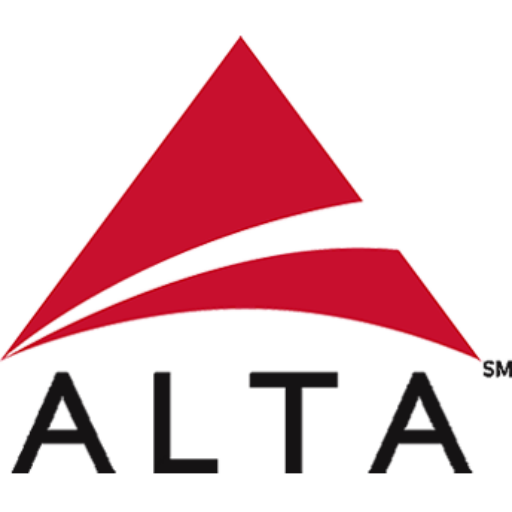In our increasingly global society, it is often necessary to communicate to an international audience, whether it’s communication from a multinational corporation, an event that is being broadcast around the world, or an author who wants to translate his or her work of fiction. In order to speak to people in their native language, it is often necessary to request translation and/or interpretation services. There is often confusion about the differences between the two disciplines. Some people incorrectly assume they are the same thing, but each has a different role and requires different skills.
The Role of a Translator
In short: Translators work mainly with the written word. This including documents, presentations, reports, books, websites, marketing campaigns, communications, and more. In many cases, translators use computer-aided tools (CAT tools) to help store terminology and identify repeat text. Translators may also refer to style guides, glossaries and language dictionaries. Above all, translators must have excellent written skills, with a firm grasp on the particular style, dialect, grammar, and cultural meanings inherent to a particular language. They also tend to specialize in specific subject areas, such as technical translation, legal translation, or marketing translation. Most translators only translate into their native language.
The Role of an Interpreter
Interpretation, on the other hand, refers to the spoken word. Many interpreters are incorrectly referred to as “translators,” but interpreters do a very different job. There are many occasions when it’s necessary for an immediate interpretation of spoken language, whether it’s a business conference, a diplomatic meeting between foreign leaders, live TV coverage, legal proceedings, medical appointments, and more. Interpretation requires that spoken words be rendered in the target language immediately. Interpreters must be good speakers, great listeners, and have excellent memories to do their jobs effectively.
There are two kinds of interpretation: simultaneous interpretation and consecutive interpretation. Simultaneous interpretation is what you might think of when you imagine diplomats at the U.N. wearing headsets; the interpretation is conveyed simultaneously in real time, often in a whisper-style voice with special equipment. Consecutive, on the other hand, is what you might think of when you imagine a medical appointment: the doctor speakers, pauses, and then the interpreter conveys what the doctor said during the pause. There is a gap between the communication and rendering it in the target language. Although interpretation is often done in person, it can also be performed via phone or video.
Now that you know the difference between translation and interpretation, you will better understand your needs when it comes to communicating with different audiences. To request translation or interpretation services from ALTA, please don’t hesitate to contact us today.
Kristin Wallace is a USA Today Bestselling fiction author and advertising copywriter who is addicted to learning and writing about language, culture and art around the world. She lives and works in sunny Miami, Florida.
